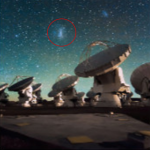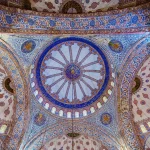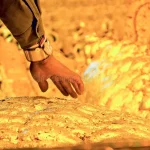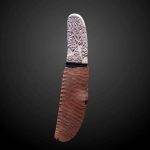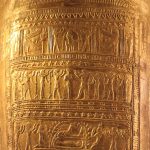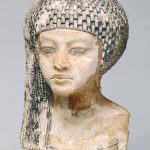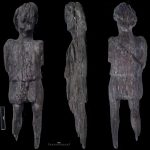Etruscan warrior statue: 5th/4th BC Italy
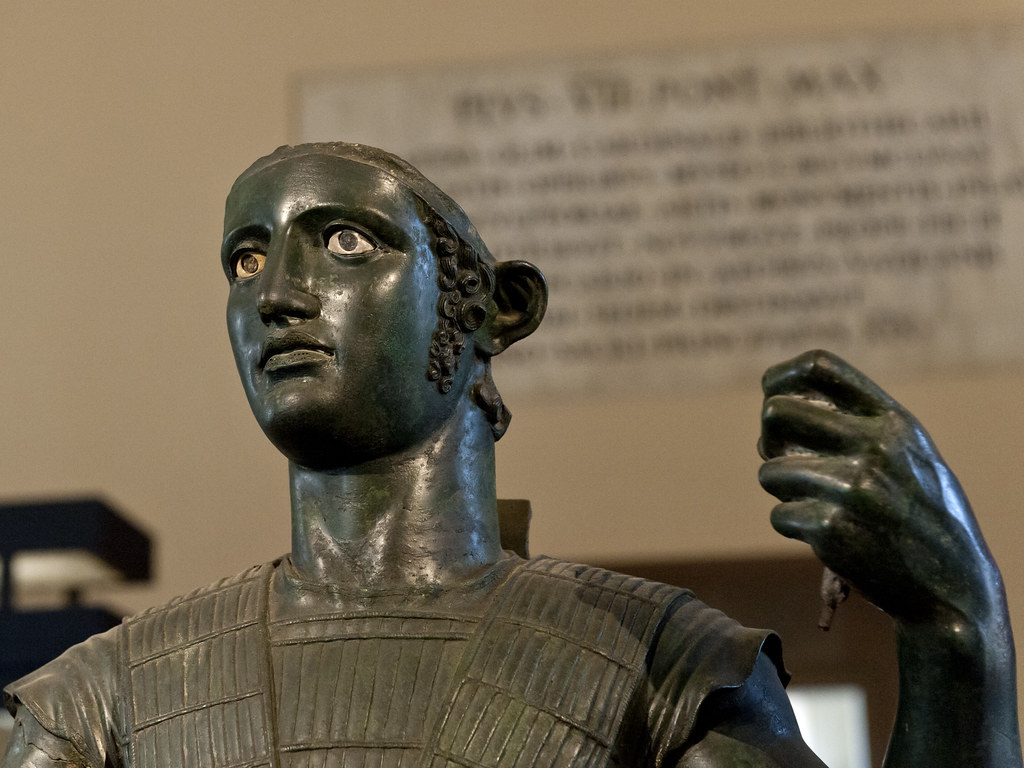
Nestled within the rich tapestry of Italy’s cultural heritage lies an extraordinary artifact that speaks volumes about the ancient civilizations that once thrived in the region. The Mars of Todi, a near life-sized bronze warrior dating back to the late 5th or early 4th century BC, stands as a testament to the artistic prowess and cultural exchange of the Etruscan and Umbrian tribes. Unearthed near the town of Todi, known in antiquity as Tuder, in the province of Perugia, this remarkable sculpture offers a glimpse into a bygone era of myth and legend.
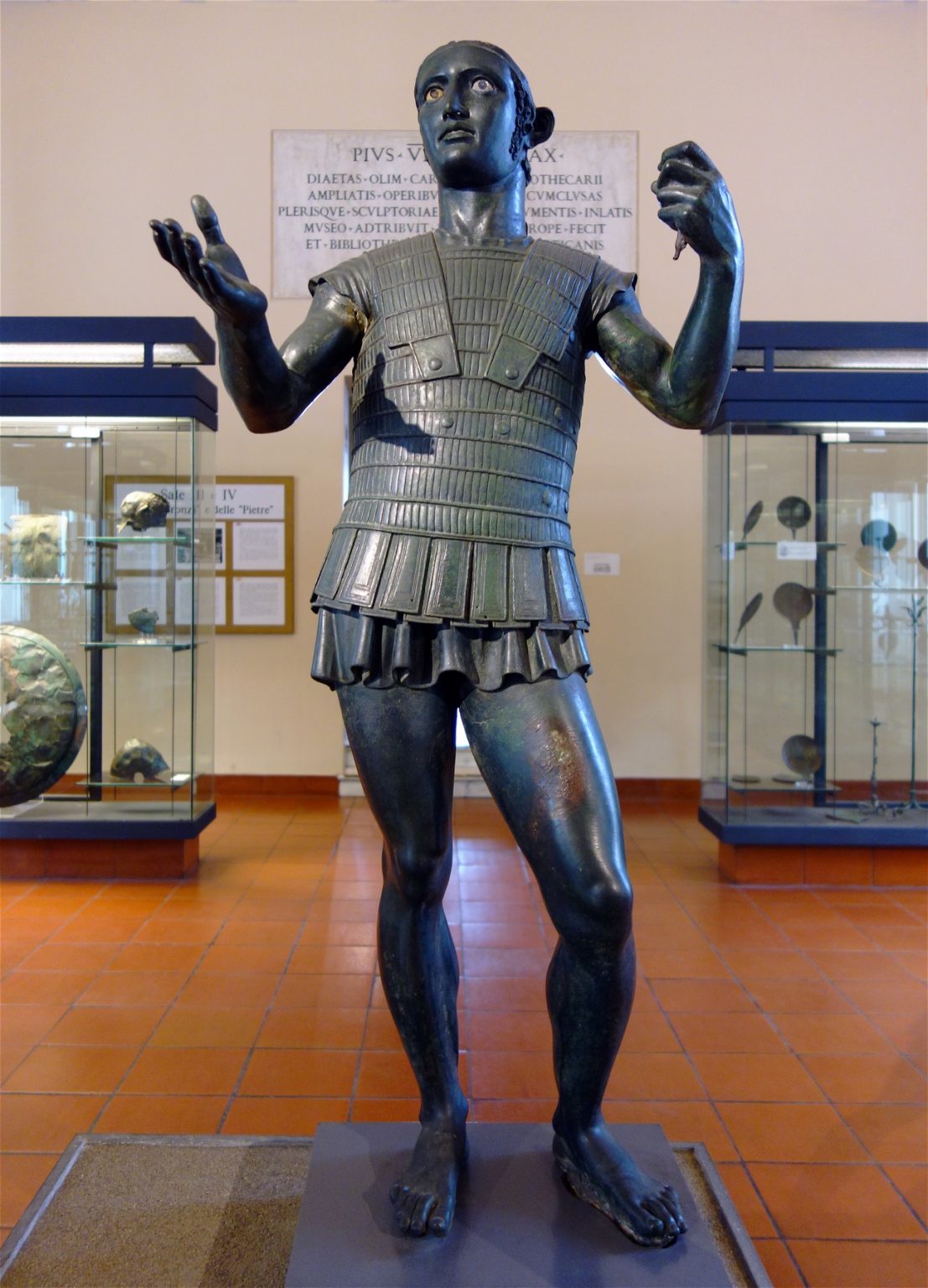
The Mars of Todi is more than just a work of art; it is a window into the past, a tangible link to the people who inhabited the Italian peninsula over two millennia ago. Standing at nearly life-size, this imposing figure exudes strength and power, its muscular form and resolute stance a testament to its martial prowess. With its head held high and its gaze fixed firmly ahead, the Mars of Todi commands attention, evoking a sense of awe and reverence in all who behold it.

Believed to have been produced in Etruria for the Umbrian tribe, the Mars of Todi exemplifies the cultural interchange that characterized ancient Italy during the Iron Age. The Etruscans, renowned for their artistic achievements and sophisticated civilization, exerted a profound influence over the surrounding regions, including the Umbrian territories. It is within this context of cultural exchange and artistic innovation that the Mars of Todi likely emerged, a product of Etruscan craftsmanship imbued with Umbrian symbolism and tradition.
The discovery of the Mars of Todi near the ancient town of Tuder adds another layer of significance to this remarkable artifact. Todi, situated in the picturesque landscape of Umbria, has long been celebrated for its rich history and archaeological treasures. The unearthing of the Mars of Todi in this historic locale serves as a poignant reminder of the enduring legacy of Italy’s ancient past and the ongoing efforts to uncover its secrets.
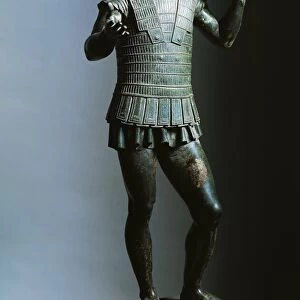
As visitors stand before the Mars of Todi in awe, they are transported back in time to an era of myth and legend, when gods and heroes walked the earth and warriors forged their destinies on the battlefield. This magnificent bronze sculpture embodies the spirit of Mars, the Roman god of war, whose mythic presence loomed large in the ancient world. Yet, beyond its mythological associations, the Mars of Todi is also a poignant reminder of the human experience, a testament to the courage and resilience of those who lived in a world fraught with uncertainty and conflict.
Today, the Mars of Todi stands as a symbol of Italy’s rich cultural heritage and a testament to the enduring power of art to transcend time and space. Its discovery near the ancient town of Tuder serves as a reminder of the importance of preserving and celebrating the past, ensuring that future generations may continue to marvel at the wonders of antiquity. In the Mars of Todi, we find not only a masterpiece of ancient art but also a window into the soul of a civilization that continues to captivate and inspire us to this day.
